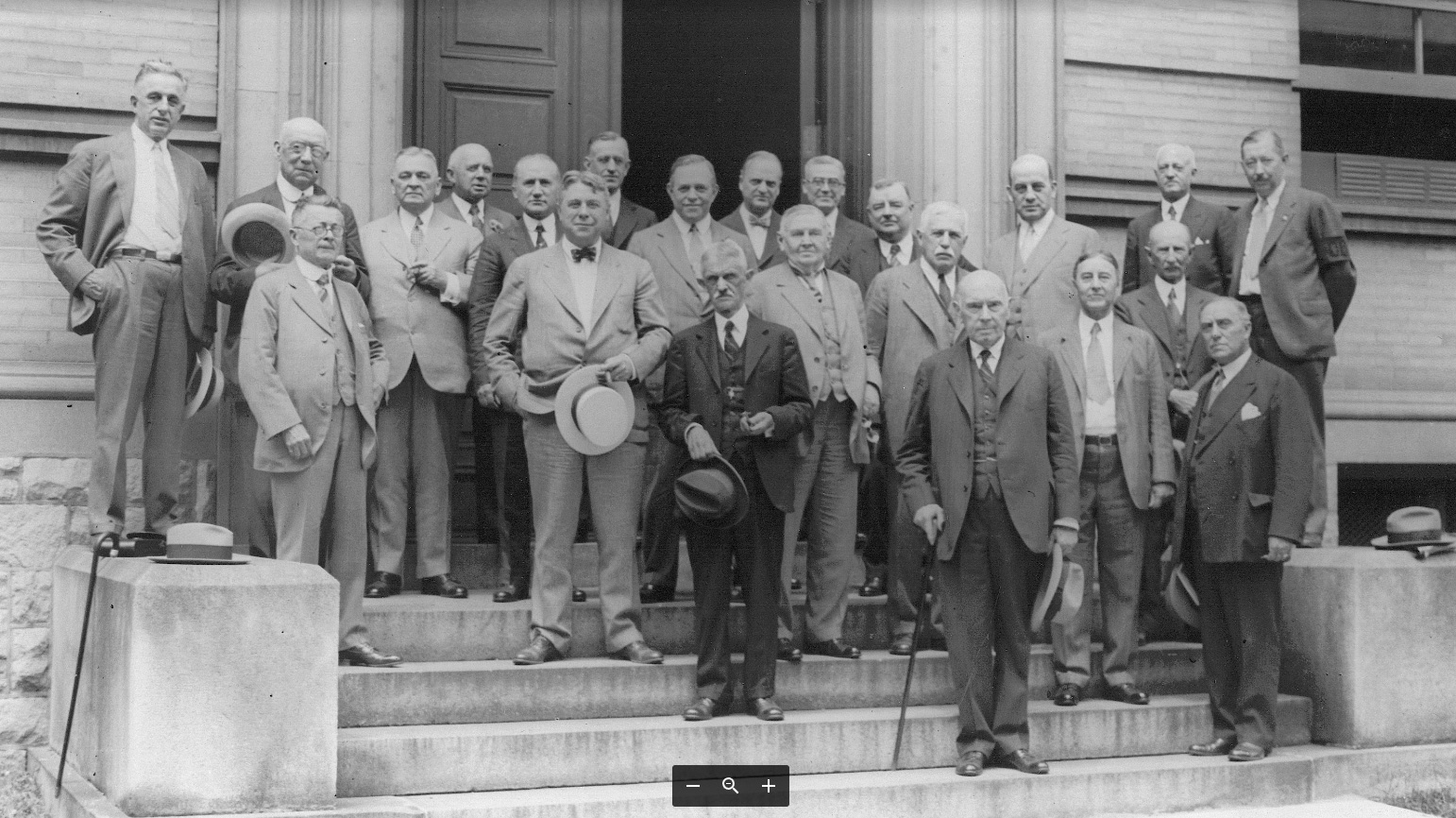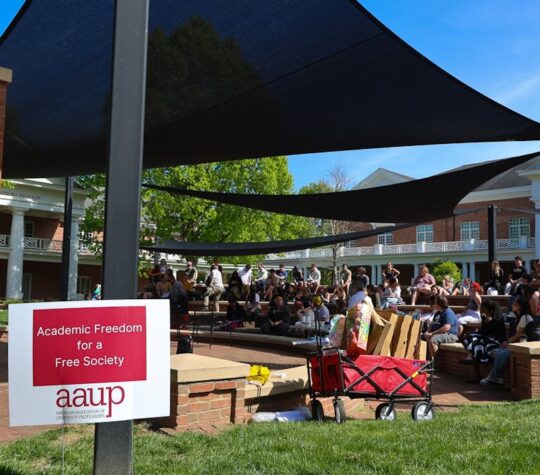Building a New Relationship with Trustees
One of the most daunting challenges in creating bona fide shared governance on campuses is the absence of established means for a faculty to communicate with its institution’s governing board. To be sure, faculty may sit on a governing board committee, or hold courtesy meetings with board members at a few schools (e.g., Occidental, Skidmore, Muhlenberg, Kalamazoo, Wabash, and Bowdoin).
Unfortunately, this is not the case for the vast majority of higher education institutions where there is either no formal relationship or, at best, a spotty one. Administrators assert that they are the gatekeepers for faculty interaction with trustees. While they have formal means to engage with both faculty and with governing boards, administrators oppose initiatives to introduce a means for faculty and trustees to communicate. Most faculty catch only a fleeting glance of a trustee at commencement. If they are lucky, a president may extend a courtesy invitation to a handful of faculty to an occasional cocktail reception where they might exchange a few words with governing board members.
As a result, trustees have a poor understanding of the status of faculty and the importance of tenure. Few are aware of the crucial work the AAUP does to address poor pay and lack of academic freedom for contingent colleagues. (One trustee at my institution continually confuses the AAUP with the AARP!) Most governing board members today, especially at private institutions, are wealthy donors working in finance, corporate law, real estate, and medical investments. Few are knowledgeable about the unique world of higher education and the liberal arts.
Given the many challenges facing higher education today, this deficiency in shared governance should be addressed. The AAUP notes that “Direct communication between the faculty and the governing board should occur through a liaison or conference committee consisting only of faculty members and trustees and meeting regularly to discuss topics of mutual interest.” In addition, there should be faculty on every standing committee of the governing board, including the executive committee, should include a faculty representative; new faculty representatives to the governing board should participate in orientation for new trustees. [AAUP, “Faculty Communications with Governing Boards: Best Practices” (Feb. 2014)]
Thankfully, there are model schools that have created a joint faculty-trustee committees along the lines recommended by the AAUP (e.g., St. Olaf College, Fairfield University, Merrimack College). Contact us at the PA—AAUP Conference to discuss ways to work on addressing this significant deficit in shared governance.




